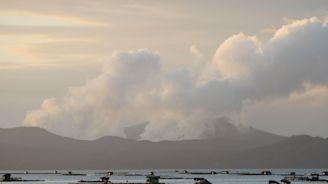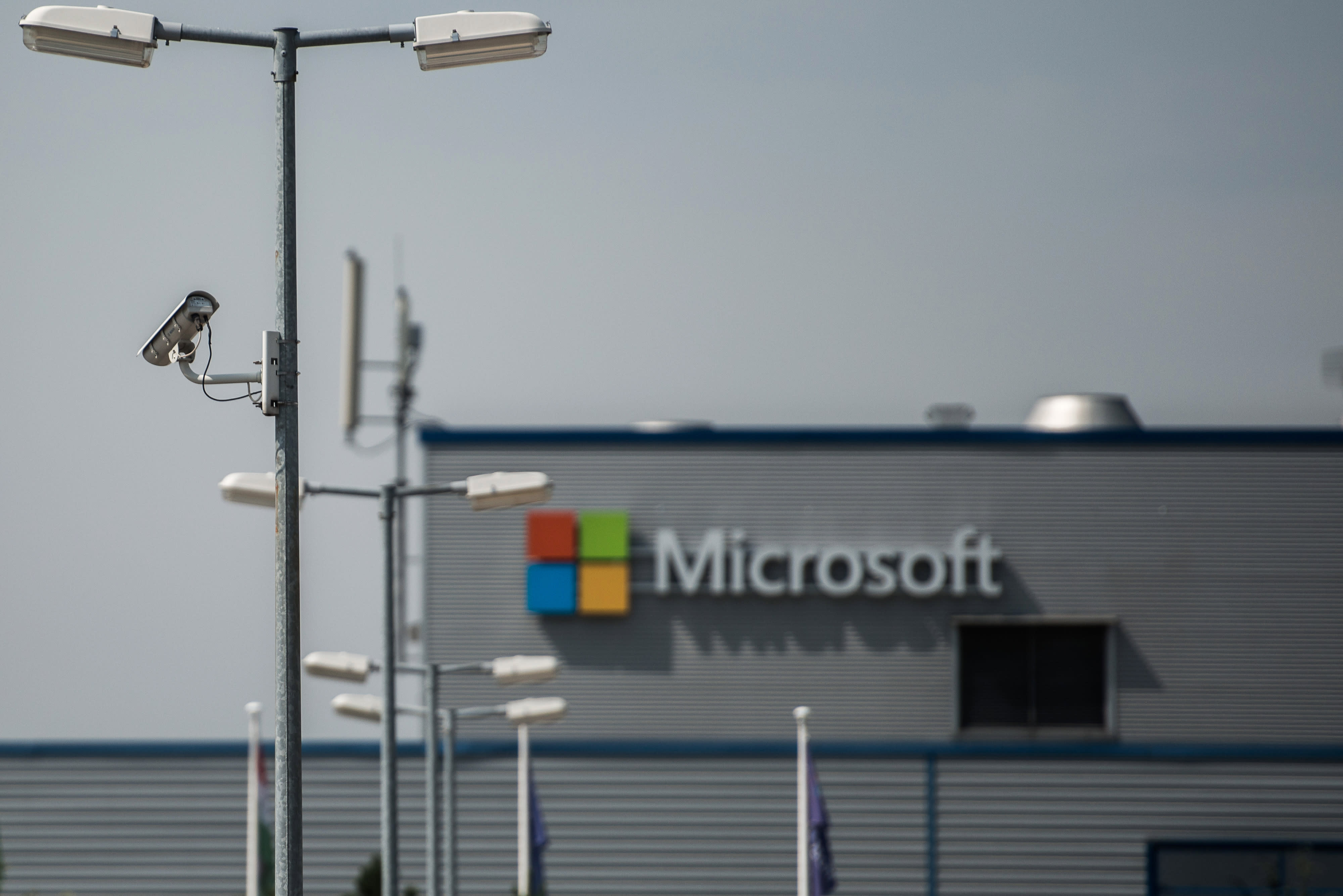Heartbreaking photos show dogs and horses being rescued after Taal volcano eruption
USA TODAY via Yahoo News· 36 minutes agoThe nation’s disaster response team said that at least 30,000 people fled their homes that...
The Taal volcano eruption could leave victims with anxiety and depression for years to come
The Independent via Yahoo News UK· 6 hours agoAn erupting volcano, like the one currently blanketing parts of the Philippines in ash, is dramatic...

Risking lives to rescue horses in Philippine volcano 'no man's land'
AFP via Yahoo News· 12 hours agoThe horses were still caked in grey ash as they stepped off the boat, lucky beneficiaries of a risky...
Grey pineapples: Volcano devastates Philippines farm
Reuters via Yahoo News· 4 hours agoFarmer Jack Imperial woke to a picture of devastation after ash spewed from a volcano in the Philippines - his verdant green pineapple field had been...

Philippines struggles to keep evacuees away from volcano
AFP via Yahoo News· 9 hours agoPhilippine authorities were struggling Wednesday to keep thousands of evacuees from returning to...
'All in God's hands': Volcano evacuees hunker down in Philippines
Reuters via Yahoo News· 12 hours agoAs they sit in the spaces fenced in by the few bags and boxes of belongings they could carry,...
Despite risks, villagers made Philippine volcano their home
Associated Press via Yahoo News· 9 hours agoIt's the second-most active volcano in the Philippines, a designated permanent danger zone long...
Residents kept away as Philippine volcano threatens huge eruption
CBS News via Yahoo News· 16 hours agoThousands of people in the Philippines were being warned to stay away from their homes on Wednesday...
Couple Says 'I Do' as Volcano Erupts Behind Them in the Philippines: 'The Wedding Continues!'
People via Yahoo News· 24 hours agoA couple in the Philippines didn’t let a volcano eruption spoil their wedding day — and they have...
Batangas Roads Show Damages Caused by Taal Eruption
Carmudi via Yahoo News Singapore· 15 hours agoFollowing the series of tremors cause by the eruption of the Taal Volcano, national roads and similar establishments have shown damages. With that, the...

A large metal plate launched by an explosion at a chemical plant in Spain's autonomous Catalonia region killed a man 3km (two miles) away.
The man, named only as Sergio, was in his apartment when the one tonne object struck, causing part of the building to collapse, officials have confirmed.
A senior member of staff at the factory was also killed in the explosion, which seriously injured two others.
Tuesday's blast occurred at about 18:40 local time (17:40 GMT) in La Canonja.
Authorities said it was probably caused by a chemical accident, but that no toxic substances were released.
People were, however, initially urged to stay indoors when the explosion at the site just south of Tarragona set off a huge fire.
Residents of the Plaça García Lorca housing estate in nearby Torreforta, where Sergio was killed, described seeing "a ball of fire" stream across the sky at the time of the incident.
Firefighters later confirmed that this was a metal plate from the factory site, which they said weighed about a tonne.

Local resident Antonia Mora told Spanish newspaper El Pais "it was like a bomb".
Witnesses described seeing a large object hit the building, causing damage to the exterior.
Dozens of firefighters worked through the night and into Wednesday to tackle the blaze at the Industrias Químicas del Óxido de Etileno plant.
A reporter for Spanish public broadcaster RTVE, Jesús Navarro, tweeted an image showing a mangled structure at the factory site.

Water was sprayed over tanks containing chemicals to keep them cool.

The factory produces chemicals such as ethylene oxide - which can be used to make antifreeze, pesticides and to sterilise hospital equipment - and propylene oxide, which is used to make plastics. Both are extremely flammable.
 REUTERS
REUTERS EPA
EPA
Rescue teams with search dogs found the body of the second victim, a senior staff member at the factory, in the early hours of Wednesday. The search had been called off overnight due to poor visibility and dangerous conditions.
At least two people are reported to have suffered serious burns, Catalonia's civil protection service said.
 REUTERS
REUTERS
Late on Tuesday Catalan leader Quim Torra told reporters: "Now we can send a message of calm and confidence to people. There is no toxicity and therefore people can carry on with their lives as normal."
Spanish Prime Minister Pedro Sánchez later offered support to Catalan authorities in dealing with the accident.
Roads and public transport systems in the area that were closed as a precaution were reopened on Wednesday.
















